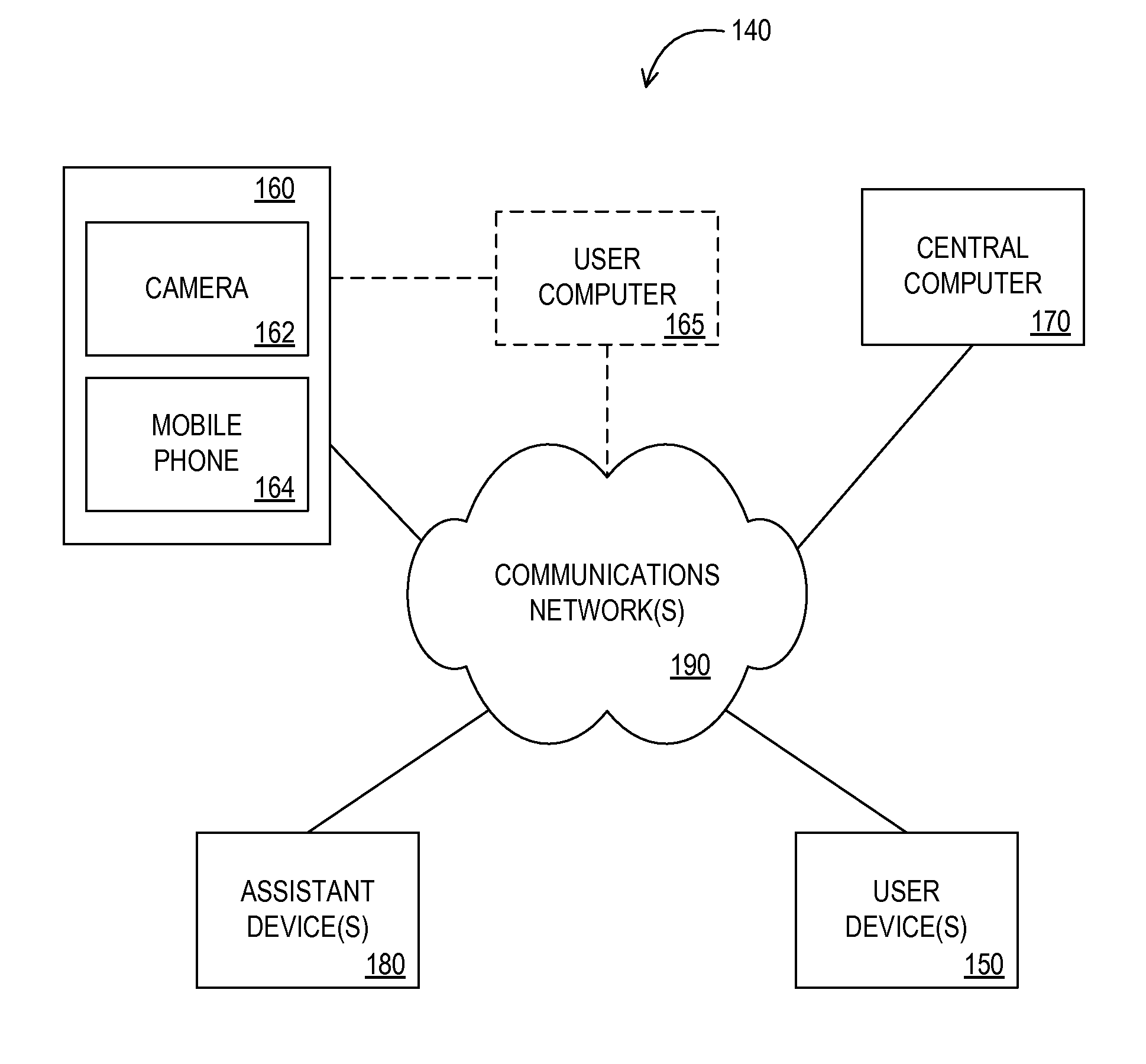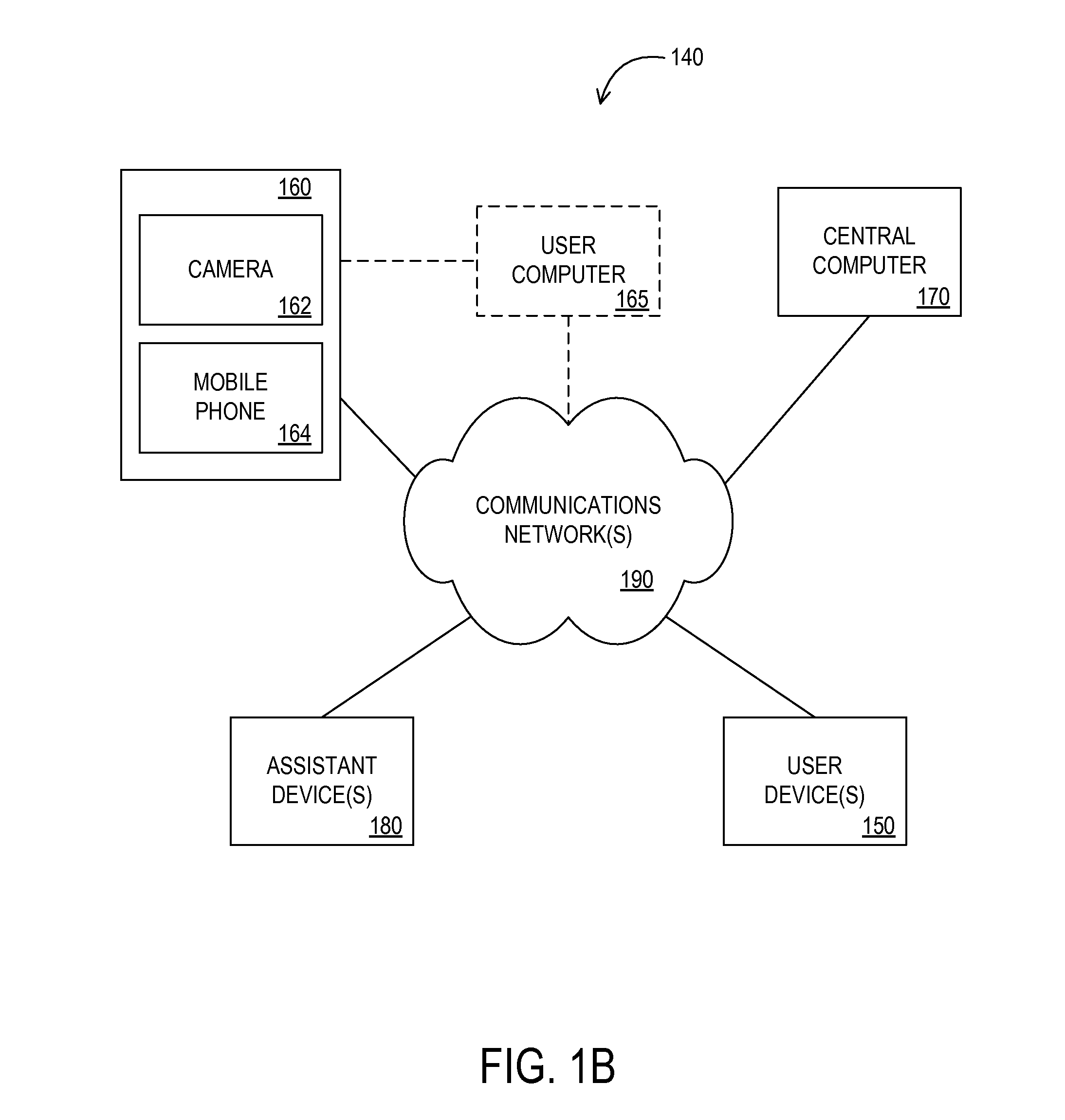Apparatus, systems and methods for facilitating commerce
a technology of commerce and apparatus, applied in the field of apparatus, systems and methods for facilitating commerce, can solve the problems of difficult liquidation of unwanted items, difficult liquidation of used items, and difficulty in people transferring,
- Summary
- Abstract
- Description
- Claims
- Application Information
AI Technical Summary
Benefits of technology
Problems solved by technology
Method used
Image
Examples
Embodiment Construction
[0020]This disclosure describes apparatus, systems and methods for using various types of devices (e.g., mobile or cellular telephones) to sell and to buy personal property. In one embodiment, a system facilitates (e.g., via a central computer) a person-to-person marketplace for goods (e.g., clothing, toys, tools, appliances, etc.) in which a person can use a camera-enabled communication device (e.g., a cell phone) to rapidly create and display an advertisement by (1) taking a picture of an item he or she wishes to sell and (2) transmitting the picture to a central sales administrator that helps to fashion an advertisement based on the picture. Many other embodiments are described in this disclosure.
RULES OF INTERPRETATION
[0021]In the following description, reference is made to the accompanying drawings that form a part hereof, and in which is shown, by way of illustration, specific embodiments in which the invention may be practiced. These embodiments are described in sufficient de...
PUM
 Login to View More
Login to View More Abstract
Description
Claims
Application Information
 Login to View More
Login to View More - R&D
- Intellectual Property
- Life Sciences
- Materials
- Tech Scout
- Unparalleled Data Quality
- Higher Quality Content
- 60% Fewer Hallucinations
Browse by: Latest US Patents, China's latest patents, Technical Efficacy Thesaurus, Application Domain, Technology Topic, Popular Technical Reports.
© 2025 PatSnap. All rights reserved.Legal|Privacy policy|Modern Slavery Act Transparency Statement|Sitemap|About US| Contact US: help@patsnap.com



